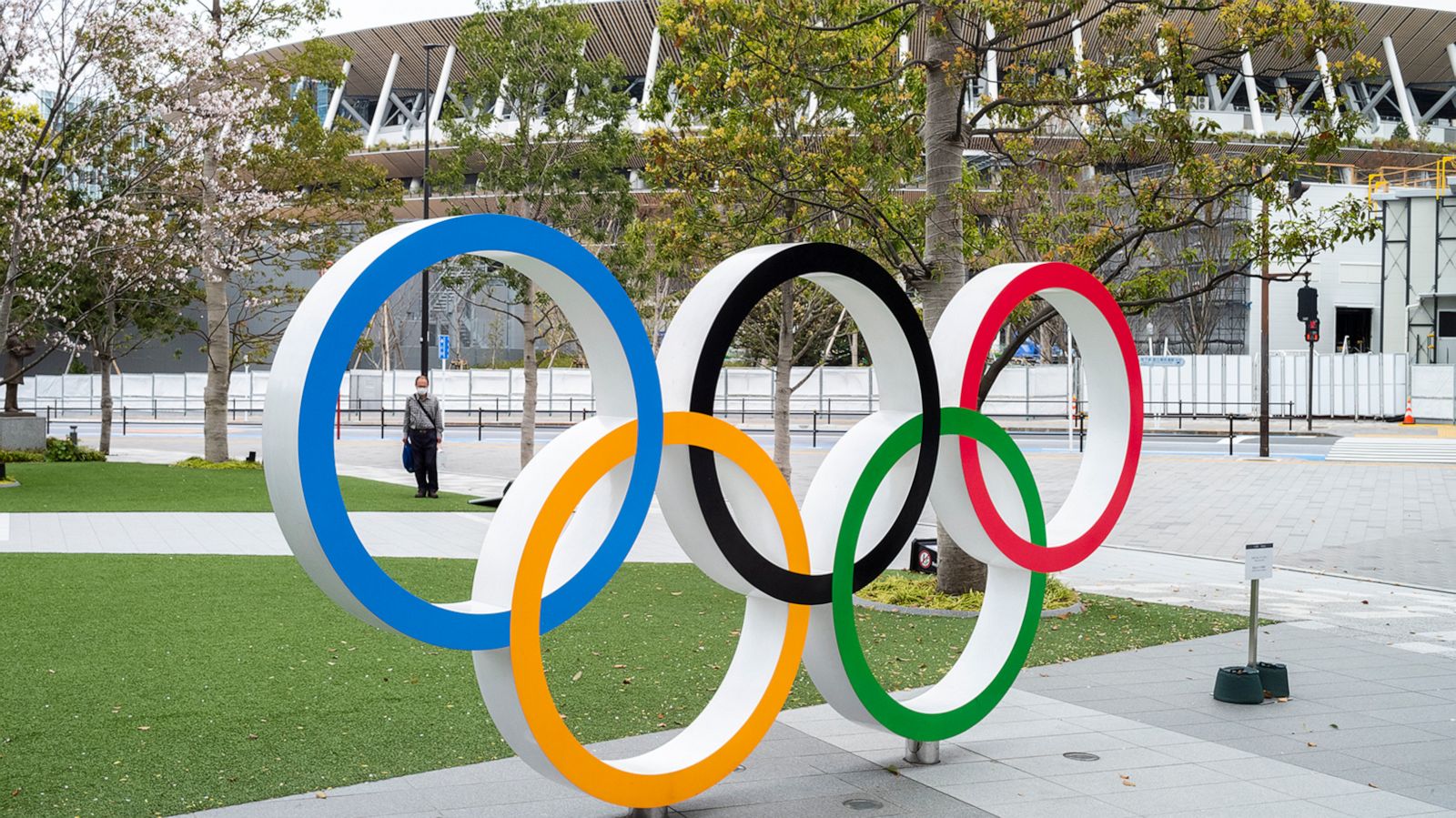One of the great challenges facing the 2020 Major League Baseball season — if there is a season — is the calendar. When and if it is deemed safe to return to the field, how many games can be played?
Last year, teams averaged 0.87 games played per day during the season. Based on that rate and the previously scheduled regular-season end date of Sept. 27, an opening day of June 1 would mean teams play 103 games. Under the same rate of games per day, a June 15 start date could allow for 91 games, while starting on July 1 would mean just 77 games played. But there is one easy way to increase games played per day within the traditional baseball calendar: doubleheaders. MLB is exploring playing more doubleheaders, and possibly even seven-inning doubleheaders that would be less taxing on rosters, to increase the average number of games played per day.
Doubleheaders have become something of an endangered species: They accounted for only 2.7 percent of games last year. Most doubleheaders in the modern game are added to the schedule to make up for weather postponements, though there are exceptions. But in the past, MLB teams played more doubleheaders — a lot more.
From 1901 through 1961,1 29.6 percent of all games each season were doubleheaders, according to data from Baseball-Reference.com. For instance, in 1945, a World War II-era season that saw the greatest share of doubleheaders in MLB history (49.3 percent), the New York Yankees played 34 doubleheaders. Their 152 games in 166 days were good for an average of 0.92 games per day. (The Boston Braves played a league-high 46 doubleheaders that year.)

If MLB began a season on June 1 and ended on Sept. 27 and increased the average number of games per day, it could drastically ramp up the games played. Perhaps teams could be even more aggressive with doubleheaders — particularly seven-inning doubleheaders, with expanded rosters and limited off days — and approach one game a day, on average. If teams played one doubleheader and received one off day per week — a game per day — they could play 118 games between June 1 and Sept. 27. And if teams played two doubleheaders per week and had just one off day, they could play 134 games between June 1 and Sept. 27. To play a full 162-game slate? If the season started on June 1 and doubleheaders allowed for eight games per week, a full regular season would conclude on Oct. 21.
Of course, players would have to agree to any such scheduling plan, as the current collective bargaining agreement limits each team to just a few scheduled doubleheaders per season. At the moment, players are only guaranteed partial compensation this year, and in a shortened season, salaries would be prorated. Players may be amenable to playing as many games as possible.
So doubleheaders could definitely help MLB maximize whatever time there will be this season. But could playing more doubleheaders directly affect the games themselves?
An oft-repeated baseball proverb is that it’s hard to sweep a doubleheader. If doubleheaders resulted in splits more often than sweeps, increasing the number of twin bills could promote some level of parity in a shortened season. But sweeps are actually more common than splits. According to the Baseball-Reference.com database, 51.7 percent of doubleheaders have been swept since 1901. Home-field advantage likely has something to do with that: The home team has won 54.9 percent of doubleheader games in MLB history. (Although if games were played in empty spring training stadiums, we might see a change in that home-field advantage.)
Parity isn’t guaranteed because good teams fare better in doubleheaders. Since 1901, teams that finished with winning percentages of at least .600 account for 1,630 doubleheader sweeps and have been swept just 490 times.
There’s another aspect of the game that doubleheaders could impact: pace of play.
In looking at historical data, players and umpires seem to want to get out of the ballpark just a little bit quicker on doubleheader days. Since 1904, the first season for which we have game lengths, nine-inning doubleheader games have been a minute faster (142.2 minutes) than nine-inning single games (143.2 minutes), according to Baseball-Reference.com. Even when there were more doubleheaders in the first half of the 20th century, they were still consistently faster than other games. So while the difference isn’t big, more doubleheaders could perhaps help MLB with its goal to pick up the pace.

This year is bound to be an unusual season for MLB. Baseball might be played in empty stadiums, and perhaps outside of the traditional National League/American League structure. As the league explores how to play as much of a season as possible, part of that might include more back-to-backs than we’ve seen in years.
